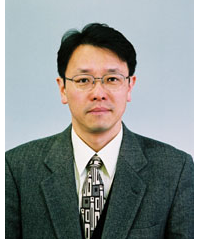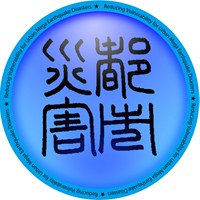Greeting

Meeting Chair
Prof. Naoshi Hirata
(ERI, the Univ. of Tokyo)
Human beings have experienced devastating earthquakes in the last quarter of a century (e.g. 1989 Loma Prieta, 1994 Northridge, 1995 Kobe, 1999 Izumit, 1999 ChiChi, 2004 Sumatra, 2008 Wenchuan, 2010 Maule, 2011Tohoku earthquake). These earthquakes have caused strong ground motions and large tsunamis. The 2011 Tohoku, Japan, earthquake, for instance, produced widespread complex disasters product of nation-wide ground shaking, large tsunami waves, and the nuclear power-plant accident. In the Tokyo metropolitan area, many problems specific to urban regions have been exposed: liquefaction damage, stranded commuters, paralyzed traffic, suspensions of business activities, power blackout, lost of lifelines, etc. Metropolitan areas in Japan concentrate sophisticated social functions and are the political and economic nerve centers of the country. As such, they are particularly vulnerable to natural hazards like earthquakes. When large earthquakes occur, unforeseen consequences are exposed and considerable damages may happen.

We have just started the Special Project for Reducing Vulnerability in Urban Mega Earthquake Disasters (2012–2016), which is sponsored by the Japanese Ministry of Education, Culture, Sports, Science and Technology. This project is composed of three academic disciplines: Earth and physical sciences, engineering, and human social sciences. It seeks to (1) clarify the earthquake mechanism of southern Kanto region and develop evaluation technology for seismic damages in urban areas; (2) develop technology for rapid damage assessment of high-rise office buildings which may be damaged during earthquakes, and (3) develop strategies to increase earthquake social resilience.
These three disciplines are usually studied independently. However, we have one common mission, to reduce the impact of seismic events. Multidisciplinary collaboration has an important role in our project. The international workshop will be the first activity to foster collaborations through academic discussions between participating researchers.
What's new
- 2012-09-25
-
Site open.
- 2012-10-22